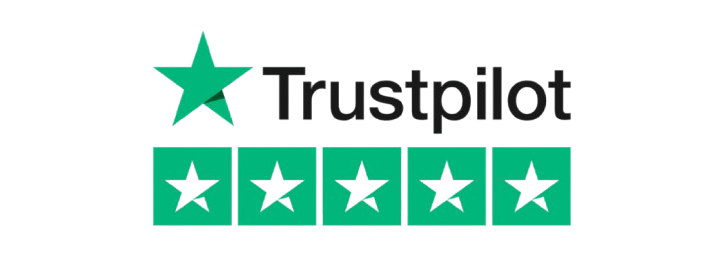Small Business Marketing Team
How SMBs Can Benefit from On-Demand Marketing Talent Small and medium-sized businesses (SMBs) often want to grow but have limited money and resources. Hiring full-time marketing staff or working with big agencies can be expensive and not very flexible. That’s why having an on-demand small business marketing team makes a big difference. It gives you more flexibility, saves money, and helps you get things done faster. This fits perfectly with the changing needs of small businesses. Working with Sudo Solutions can really help your business grow. Key Benefits for SMBs Flexibility and Scalability Small businesses often have changing marketing needs. This lets you add or reduce help as your business changes. Need a writer this month and an ad expert next month? You can get the right people at the right time, without long contracts or extra costs. Cost Efficiency Hiring full-time staff or big agencies can be too costly for small businesses. With an on-demand small business marketing team, you only pay for the work you need, whether it’s a one-time job or ongoing help. This pay-as-you-go way keeps costs clear and easy to manage, so you can spend money on other important things. Access to Specialized Skills Marketing includes many parts like SEO, email, data, and design. An on-demand small business marketing team gives you experts in each area. This means your marketing work is done by people who really know what they’re doing, which leads to better results. Faster Results and Agility With an on-demand small business marketing team, you can act quickly when new chances or problems come up. Want to start a quick sale or fix an urgent issue? You can put your team together fast without waiting for slow hiring or agency setup. Transparent Pricing and Control Many on-demand marketing services, like Sudo Solutions, offer clear pricing and let you pick the services you want. You always know what you pay for and can change your plan as your needs change. No hidden fees or surprises. Why Collaborate with Sudo Solutions? Sudo Solutions is a small, expert digital marketing studio run by three brothers with over six years of experience helping small businesses grow. They offer: Custom marketing plans made just for you A full range of services like SEO, PPC, social media, and Shopify help Clear pay-as-you-go pricing with no long contracts or hidden fees Sudo Solutions works like part of your small business marketing team but costs much less than hiring full-time staff. They deliver real results like more leads, easier management, and marketing systems that grow with your business. Ready to Grow? If you want to enjoy the benefits of an on-demand small business marketing team, Sudo Solutions is ready to help. Whether you need help for one project or ongoing marketing support, their team can help your business succeed without the problems of traditional agencies. Contact Sudo Solutions today and see how flexible, expert marketing help can move your business forward.







